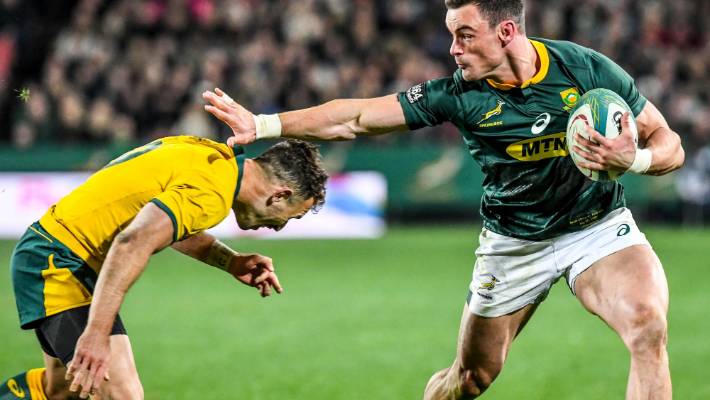Hockey evaluation continues to evolve
Share

Hockey is a sport in which fans, bloggers, reporters, and even some teams within the league vary in how they evaluate players. For a long time, scoring production has always been king when looking at statistics to determine how good a player is and how they should be valued in the NHL. The movement of analytics becoming more prevalent in the sport has caused a shift in player evaluation.
To be clear, right off the top, this isn’t a piece meant to cause a debate about analytics versus the “eye test.” Everyone looks at the sport in different ways, and that’s perfectly fine. It’s what makes debates and discussions on topics interesting. There’s room for both analytics and watching the game with your eyes to evaluate players. Looking at just numbers in the sports evaluation will trip you up sometimes, and completely ignoring the numbers may give you a false understanding of players.
Scoring Stats
Over the last year, I’ve studied the analytical data within the sport and utilized them to improve my game analysis. Therefore, while the NHL is in a lull, I thought I’d explain how analytics can show you which players are good or overvalued outside of scoring stats.
I’m not one who completely discounts a particular player’s goals and points. The team with the most goals wins the game. The flaw is that some people put too much into those numbers. The actual goal or assists are the focus. However, the play that created the goal by the other players on the ice is often left out of the conversation.
Ideally, you’re not looking to craft a roster of 21 skaters that score many points. Teams should be trying to acquire point producers and add players that drive offense and dominate the roles that they’ll be assigned on a given team. In theory, if you have the puck more than your opponent and create quality scoring chances when you have the puck, that team is more likely to win. Thus, general managers should look to get players that excel in those areas of the game.
Nikita Kucherov, Connor McDavid, Patrick Kane, Leon Draisaitl, and Brad Marchand were the top five-point producers in the league this past season. Kucherov was rewarded for his 128-point season with the Hart Trophy as the league’s most valuable player. I won’t discredit Kucherov’s season because it was great, but was he the most valuable player in the league? Probably not.
Looking at analytical data such as Evolving Hockey’s RAPM expected goals plus-minus per 60 and Corsi plus-minus per 60. As well as goals above replacement (GAR) per 60 and wins above replacement (WAR) from their site, I crafted a list of eight players arguably more valuable to their respective clubs. Those eight players are Mark Stone, Sean Couturier, Erik Karlsson, Patrice Bergeron, Sidney Crosby, Ryan O’Reilly, Brayden Point, and Aleksander Barkov. The chart below shows their impacts on the stats above from Evolving Hockey and Kucherov’s metrics about them.
This puts him on a similar level of impact as Point. Now, when you account for his 128-point season, he should be bumped into the top five on that list. Even so, there’s a good argument to be made that Mark Stone, Sidney Crosby, and Sean Couturier were more important to their team’s success than Kucherov on the Lightning. Crosby finished second place in Hart voting, while Barkov and Point also received votes. However, one of Stone’s best play-driving forwards in the game didn’t receive one first or second-place vote. He received a third-place vote (1), fourth-place (3), and fifth-place (4).
The overall point is that players like Stone and Couturier are not considered to be in the top tier, with some of the best in the game, like Crosby, McDavid, and Kucherov, because they regularly score under 80 points a season. This is where the eye test and data can intersect. Some people understand Stone is a good player by watching the game but undervalue his importance if they ignore the analytics that show he should be considered on that top level.
Valuation
That starts to bring us into the valuation of a player. The NHL is a salary cap league, and having players who give you value on the cap is important in building a successful roster. At times, you’ll see analytics people compare two players and say that they would rather have player X on their team over player Y. In most cases, this is where those who don’t follow the numbers snicker, but these claims are valid.
One prime example is a comparison of Andrew Copp and Patrik Laine. The Buffalo Sabres have been tied to the Winnipeg Jets in trade rumors, and those two players have come up in various online conversations.
If I’m building a team, I would rather have Copp on my team over Laine. It’s not because I think Copp is a better overall hockey player.
It’s because, for the value of their contracts and play, I’m likely getting better results from Copp. Don’t get me wrong; Laine is a good player and flawed one. He’s an elite shooting talent dominated when he’s on the ice at five on 5. On the other hand, Copp is a bottom-six forward who has dominated his role. Laine will cost at least $7 million annually (maybe more), and Copp will come in around $3 million (maybe less).















